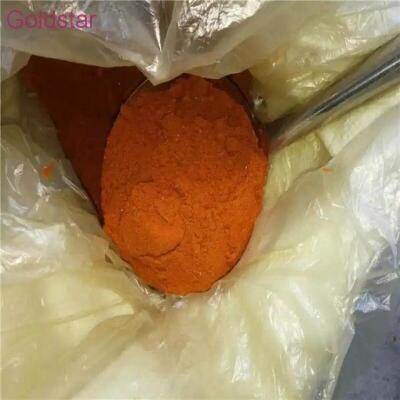-
Categories
-
Pharmaceutical Intermediates
-
Active Pharmaceutical Ingredients
-
Food Additives
- Industrial Coatings
- Agrochemicals
- Dyes and Pigments
- Surfactant
- Flavors and Fragrances
- Chemical Reagents
- Catalyst and Auxiliary
- Natural Products
- Inorganic Chemistry
-
Organic Chemistry
-
Biochemical Engineering
- Analytical Chemistry
-
Cosmetic Ingredient
- Water Treatment Chemical
-
Pharmaceutical Intermediates
Promotion
ECHEMI Mall
Wholesale
Weekly Price
Exhibition
News
-
Trade Service
T-Butylferrocene is a type of organometallic compound that is widely used in the chemical industry.
It is a volatile liquid that is used as a catalyst in various chemical reactions.
However, the safety of this compound has been a topic of concern in recent years.
In this article, we will discuss the safety of T-Butylferrocene and the measures that can be taken to ensure the safety of workers handling this chemical.
Toxicology and Health Effects:
T-Butylferrocene is classified as a Category 2 carcinogen by the International Agency for Research on Cancer (IARC), which means that it is possibly carcinogenic to humans.
Prolonged exposure to this compound has been linked to an increased risk of cancer, particularly liver cancer.
T-Butylferrocene can also cause skin irritation, respiratory problems, and neurological damage.
Ingestion of T-Butylferrocene can lead to severe poisoning, which can cause symptoms such as nausea, vomiting, abdominal pain, and stomach cramps.
If the chemical is inhaled, it can cause irritation to the respiratory system, which can lead to coughing, wheezing, and shortness of breath.
Prolonged exposure to T-Butylferrocene can also cause neurological problems, such as tremors, confusion, and memory loss.
Risk Assessment:
The risk of exposure to T-Butylferrocene depends on the type of work being performed, the duration of exposure, and the level of exposure.
Workers who handle this compound regularly are at the highest risk of exposure.
However, even short-term exposure to high concentrations of T-Butylferrocene can cause health problems.
To assess the risks associated with T-Butylferrocene, it is important to conduct a thorough risk assessment.
This assessment should consider the hazards associated with the compound, the level of exposure, and the control measures that are in place.
The risk assessment should also identify the personal protective equipment (PPE) that should be worn when handling T-Butylferrocene, as well as the emergency procedures that should be in place in case of an accident.
Control Measures:
To ensure the safety of workers handling T-Butylferrocene, a number of control measures can be taken.
These measures include:
- Proper Storage: T-Butylferrocene should be stored in a cool, dry, and well-ventilated area.
The chemical should be stored in appropriate containers and marked with appropriate labels to indicate the hazards associated with the compound. - Personal Protective Equipment: Workers handling T-Butylferrocene should wear appropriate PPE, such as gloves, goggles, and respirators, to protect themselves from exposure.
- Proper Handling: T-Butylferrocene should be handled with care to prevent spills or leaks.
The chemical should be transferred using appropriate equipment, such as a funnel or a pipette. - Emergency Procedures: Emergency procedures should be in place in case of an accident.
Employees should be trained on how to respond to spills or leaks, and how to use emergency equipment, such as fire extinguishers or eye wash stations. - Training: Workers handling T-Butylferrocene should receive proper training on the hazards associated with the compound, as well as the control measures that are in place to ensure their safety.
Conclusion:
T-Butylferrocene is a hazardous chemical that can cause serious health problems if not handled properly.
To ensure the safety of workers handling this compound, it is important to conduct a thorough risk assessment, implement appropriate control measures, and provide proper training to employees.
By taking these precautions, the chemical industry can prevent accidents and protect the health of workers.







